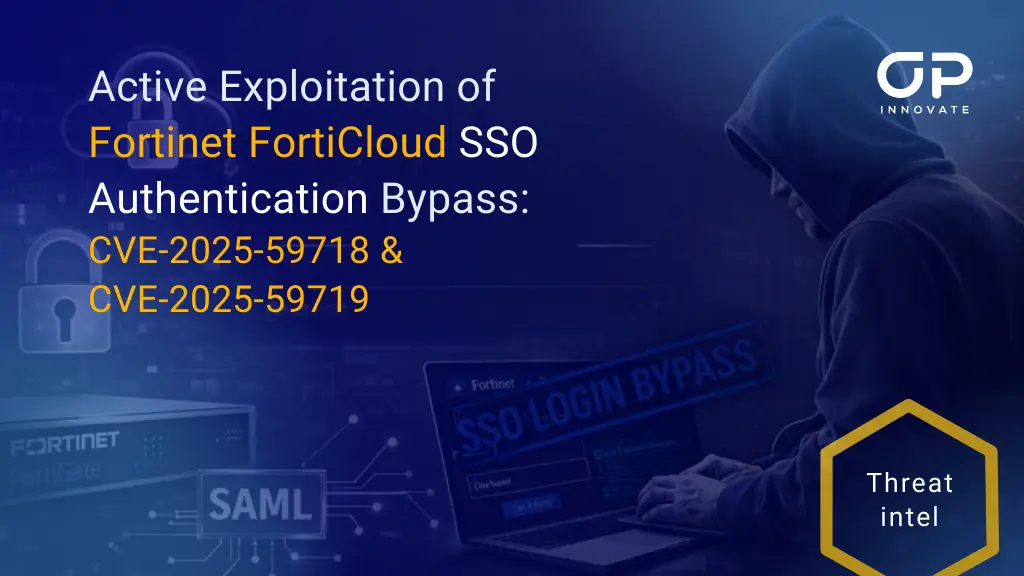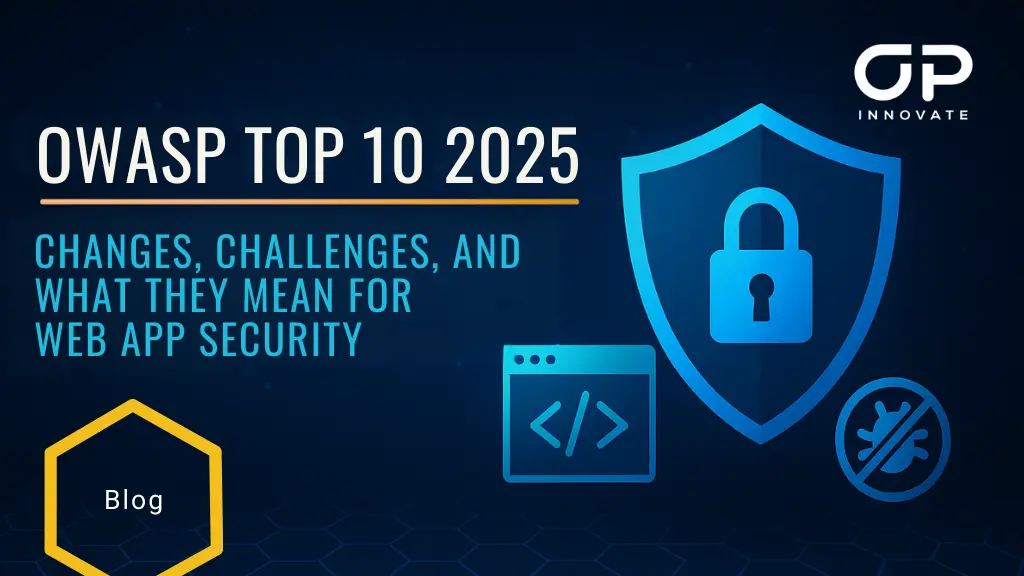In a concerning turn of events, multiple major organizations have recently confirmed falling victim to the pervasive MOVEit transfer attack. As cybersecurity breaches continue to threaten sensitive data and disrupt business operations, it is crucial for organizations to fortify their defenses and develop effective strategies against such attacks.
This post explores proactive measures that organizations can implement to protect themselves against this attack. We’ll also shed light on Indicators of Compromise (IOCs) for early detection, examine the characteristics of the attack group, and provide an overview of the MOVEit vulnerability and compromises.
Insights into MOVEit Transfer Vulnerability and Compromises:
MOVEit transfer vulnerabilities have been exploited by threat actors to gain unauthorized access to organizations’ file transfer systems. The attacks compromise sensitive data, disrupt operations, and may lead to potential financial extortion. Organizations must address these vulnerabilities by implementing timely software patches, conducting regular vulnerability assessments, and maintaining robust security practices.
The MOVEit Transfer Attack by the Cl0p Gang: A Wake-up Call for Enhanced Vulnerability Management and Cybersecurity Preparedness
The Cl0p gang, known for its involvement in the Cl0p ransomware operation, exploited a zero-day vulnerability in MOVEit Transfer. The vulnerability, identified as CVE-2023-34362, was a critical SQL injection flaw that allowed unauthorized access to databases associated with the software. The cybercriminals took advantage of this vulnerability before a patch was released, enabling them to steal data from numerous organizations. The Cl0p gang targeted thousands of internet-exposed instances of MOVEit Transfer, aiming to extort ransom payments from affected organizations. As with most ransomware gangs, their motive was financial gain, threatening to leak stolen data if their ransom demands were not met. This incident highlights the importance of promptly patching vulnerabilities and maintaining robust cybersecurity measures to defend against such attacks.
MOVEit Transfer Attack Characteristics
The “MOVEit Transfer” attack by the Cl0p gang exhibited several distinctive characteristics. Firstly, the attack targeted organizations utilizing the MOVEit Transfer managed file transfer (MFT) software, exploiting a critical SQL injection vulnerability within the product. This vulnerability allowed the Cl0p gang to gain unauthorized access to databases associated with MOVEit Transfer. The gang exploited this zero-day vulnerability, initiating the attack before a patch was available, enabling them to steal data from multiple organizations.
Protective Measures: Strengthening Cyber Defenses
Multi-layered Security Approach: Organizations should adopt a multi-layered security strategy that combines various protective measures. This includes deploying robust firewalls, intrusion detection systems (IDS), and intrusion prevention systems (IPS) to detect and block malicious traffic. Additionally, organizations must leverage comprehensive antivirus and anti-malware solutions to prevent the execution of malicious files.
Unveiling Indicators of Compromise (IOCs):
IOCs play a crucial role in detecting and identifying MOVEit attacks. Organizations should be aware of the following IOCs to enhance their threat detection capabilities:
Conclusion:
The rise in exploiting the Zero-day vulnerability in MOVEit Transfer is evident as more major organizations become targets of these attacks. Clearly, it underscores the necessity of adopting a proactive defense strategy. By adopting a layered security approach, continuously monitoring IOCs, and understanding attack group characteristics, organizations can improve their threat detection and response capabilities. Additionally, regular patching, network segmentation, and an effective intrusion detection system can strengthen your defenses against MOVEit attacks. Stay vigilant, prioritize cybersecurity, and ensure the resilience of your organization’s digital infrastructure.









